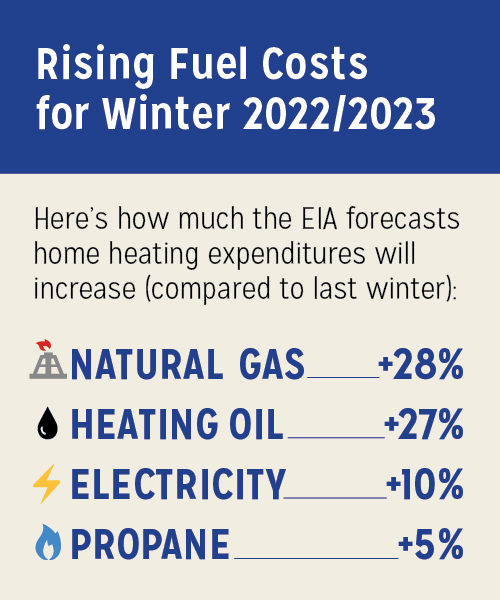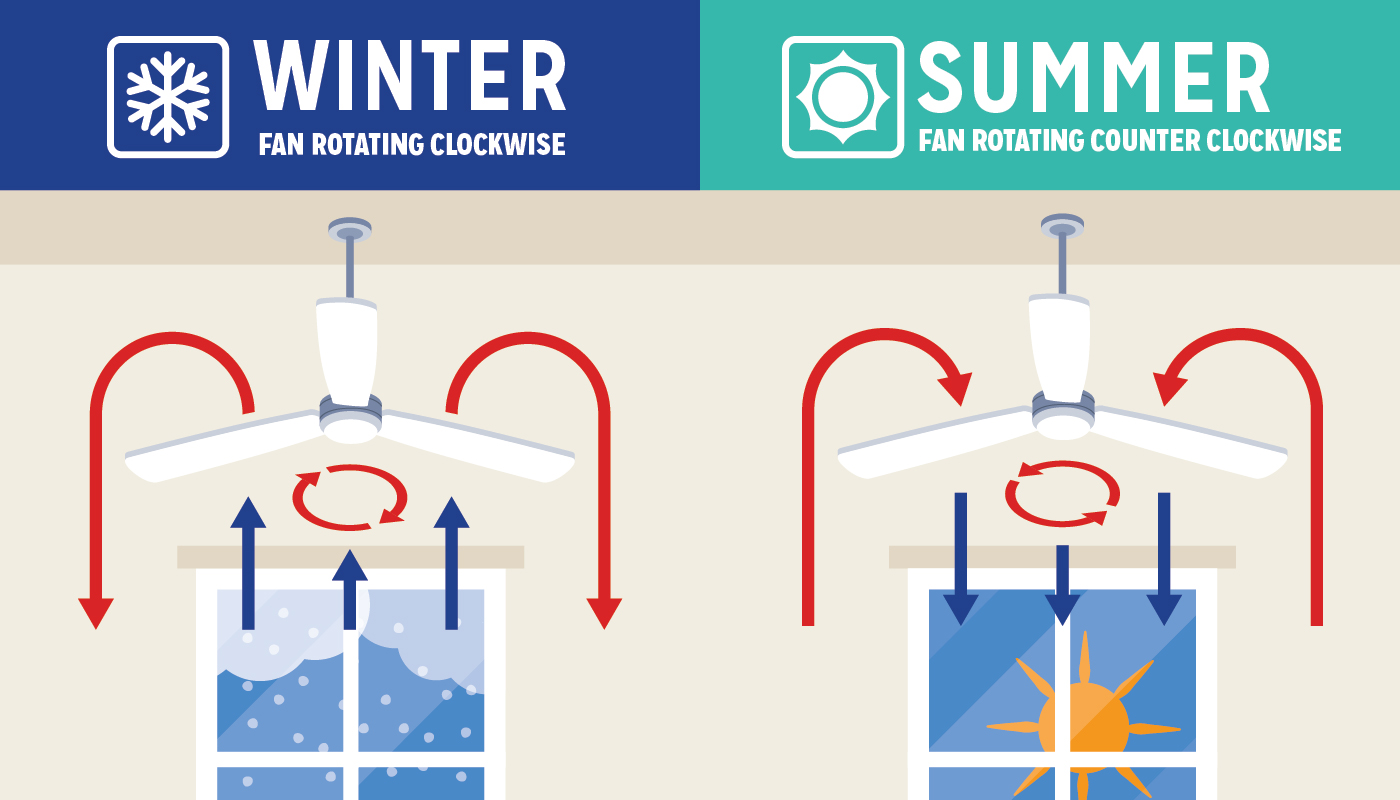5 Tips to Conserve Energy This Winter
Don’t let old man winter drain your wallet—save money by following these energy saving tips.
 iStock
iStock
The Winter Fuels Outlook, a report from the U.S. Energy Information Administration (EIA), reports that home heating costs will rise this winter due to both increased fuel costs and higher household energy use because of lower temperatures. The good news is there are easy ways to offset those rising costs by practicing energy conservation.
Here are five energy saving tips to help your bottom line.
1. Lower your thermostat temperature.
It’s likely that heating your home uses more energy and costs more money than any other system in your residence—it makes up about 29% of a typical household’s utility bill. This winter, consider setting the thermostat to around 68°F while you’re awake and setting it lower while you’re asleep or away from home.

Lowering your thermostat by 7° to 10° for eight hours a day can save you as much as 10% on heating. Want to make the savings a little more automatic? Install a programmable thermostat, which can adjust temperatures back to normal before you wake or return home.
2. Wash clothes in cold water.
Your water heater uses a lot of energy. Washing in cold water can reduce your energy use by 90% because most of the energy used to clean clothes goes to warming up the water.
Here are a few cold-water facts:
- Washing clothes in cold water reduces wrinkles.
- Some stains (like blood and sweat) respond better to colder water.
- Washing in cold means your clothes are less likely to shrink or fade.
- Lace, silk and other delicate fabrics, as well as dark and colorful fabrics, tend to hold up better when washed in cold water.
3. Change the air filters on your furnace.
Dirty, clogged air filters can increase energy consumption by your heating, ventilation and air conditioning (HVAC) system up to 15%. Conserve energy by cleaning or replacing air filters every month or two, or as instructed by the manufacturer of your home’s HVAC system.
(Filters may need more frequent attention if the system is in constant use, is subject to dusty conditions or you have furry pets in the house.)
4. Use a ceiling fan.
During the warm summer months, a ceiling fan moves air to keep you cool. During the winter, you should reverse the direction the fan spins and operate it at a low speed. This produces a gentle updraft, which forces warm air near the ceiling down into the occupied space.
Because a fan only circulates air and doesn’t actually cool or heat a room, turn the fan off when no one is in the room.

5. Disconnect energy-guzzling electronics when not in use.
Did you know that some electronics that are left plugged in—such as your TV and computer—use power even when they’re turned off? This standby power consumption accounts for 5% to 10% of residential energy use at a cost of up to $100 annually.
Fortunately, the U.S. Department of Energy recommends several ways to reduce your standby power loads:
- Use a smart outlet or power strip that can be switched off.
- Unplug devices that are not frequently used.
- Use energy-efficient ENERGY STAR products whenever possible.